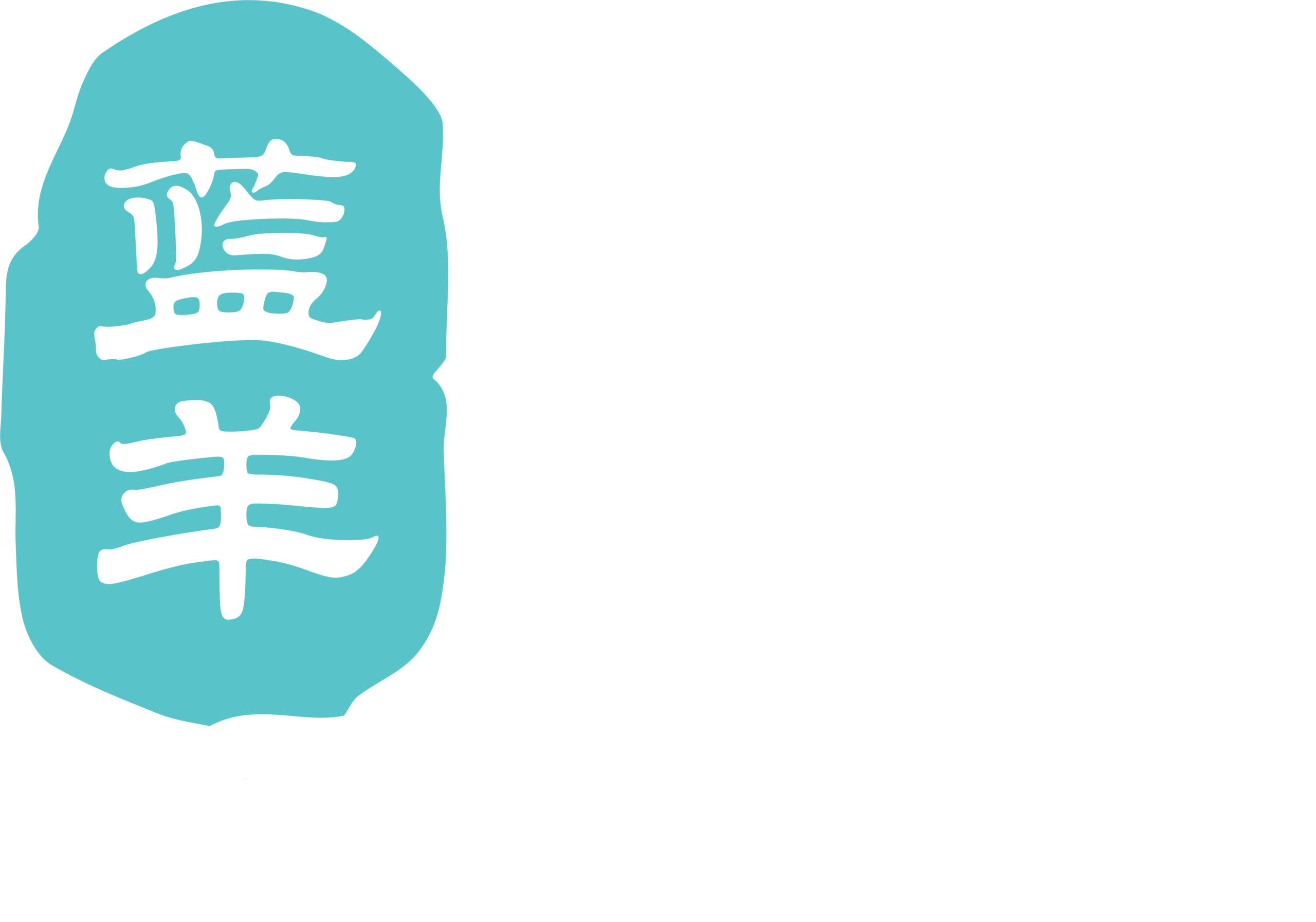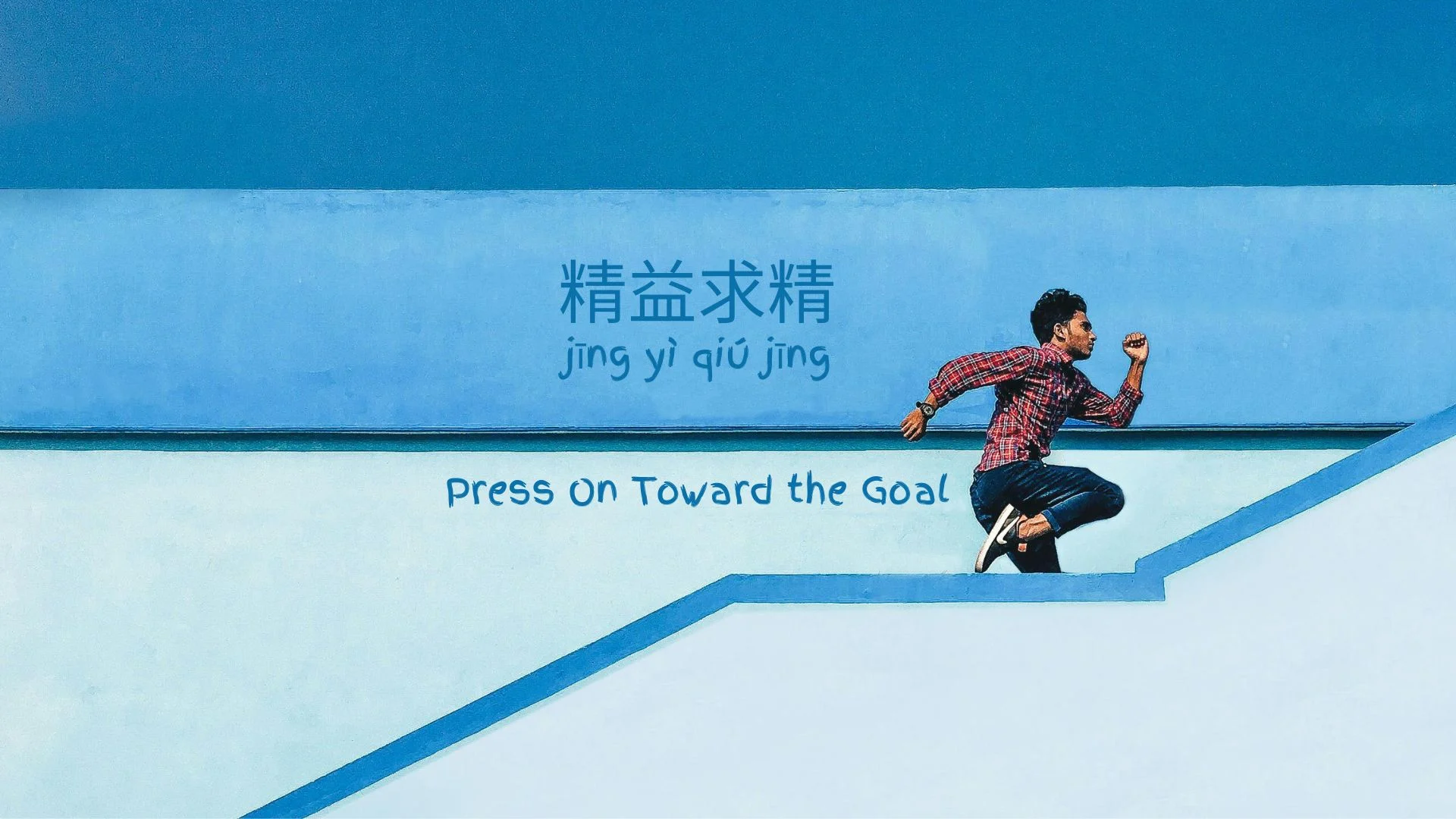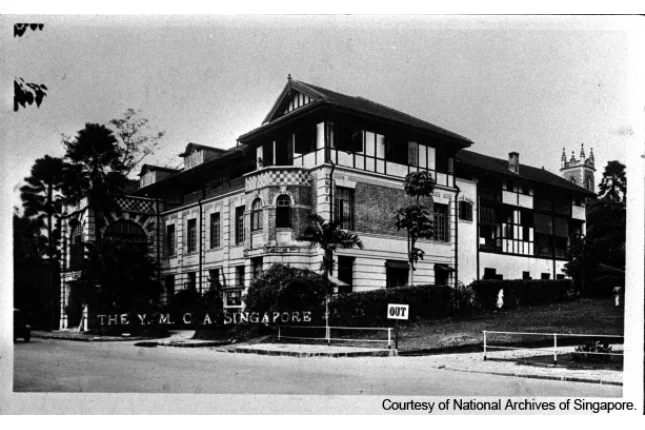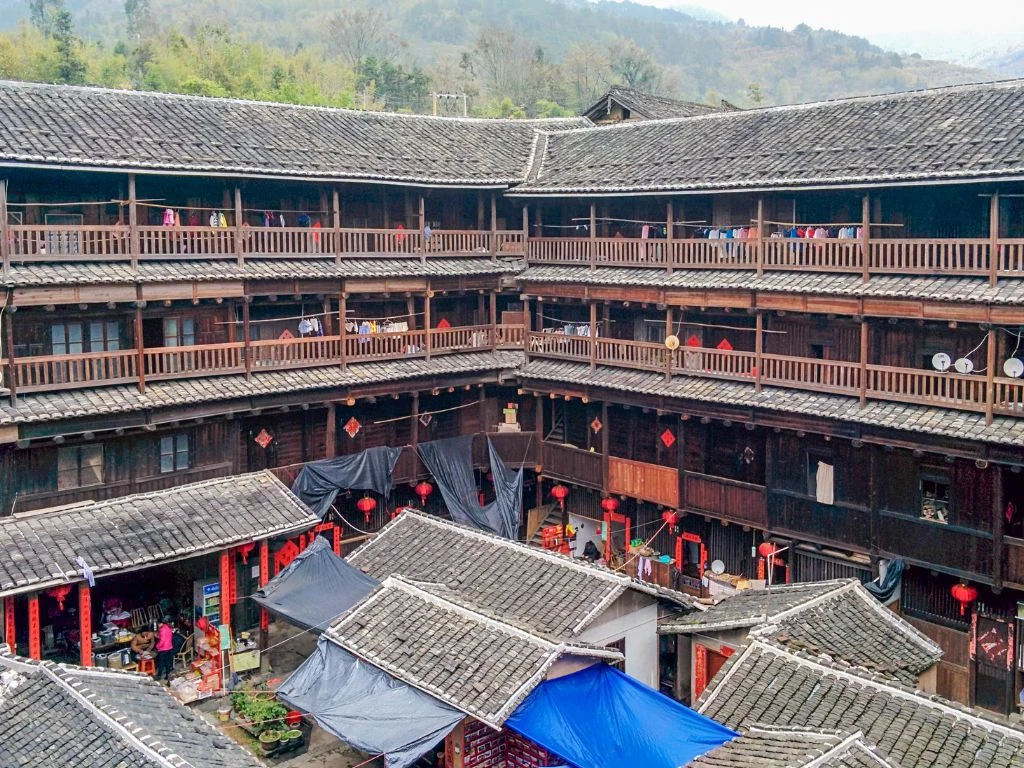My grandfather was a silent chapter in our family’s story—a man I never knew, taken by the Kempeitai during the Japanese Occupation when my father was just two years old. Growing up, I heard only fragmented stories from relatives, glimpses of a life mostly unknown. My limited Chinese language skills seemed an additional barrier, making the prospect of uncovering his full story feel like an impossible task. Yet, something within me persistently wondered about this absent figure who was both a mystery and a fundamental part of my family’s history.
Bridging Generational Disconnections
In my conversations with other third-generation Chinese migrants, I’ve discovered a shared longing—a collective desire to understand our roots. As someone who is fully Singaporean, I find myself caught between cultural identities, increasingly disconnected from the original landscapes of my ancestors. Each generation drifts further from those foundational connections, our cultural memories becoming more diluted, more abstract.
The urgency of this quest becomes more pronounced with time. The living bridges to our past are rapidly disappearing. My father, now in his eighties, represents one of the last generations with direct links to our family’s migration story. The first-generation migrants are gone, and with them, the second generation is fading. Their stories—once vivid and immediate—are now becoming whispers, threatening to dissolve into silence if not carefully preserved and documented.
My teenage sons seem barely interested in our family’s historical narrative. I understand that at their age, the intricate tapestry of family history feels distant and irrelevant. But I am documenting these stories not just for them, but for the adults they will become. There will likely be a moment—perhaps years from now—when these carefully preserved memories will suddenly hold meaning, when they’ll appreciate understanding where they truly came from. By collecting these fragments now, I’m creating a gift they might not value today, but could treasure tomorrow.
Roots and Rhythms: The 蓝 Clan’s 800-Year Journey
I am the 27th generation of the 蓝 clan, who originated from Dabu in Guangdong province. This 蓝 clan has a recorded history through the Family Tree Book or jiapu (家谱) that dates back 800 years. It was documented in a blog post Eight Hundred Years of Dabu Lams by Lam Chih Tsung.
There are other 蓝 clans in other parts of Guangdong and Fujian provinces. The Lam surname is over 4,000 years old, but most of its early history remains fuzzy, almost myth-like. One of those listed ancestors was 藍采和, one of the famous Eight Immortals—a connection I’m still exploring and trying to understand.
I hope as you read, you’ll be moved to discover your own family history, and we can learn together.




